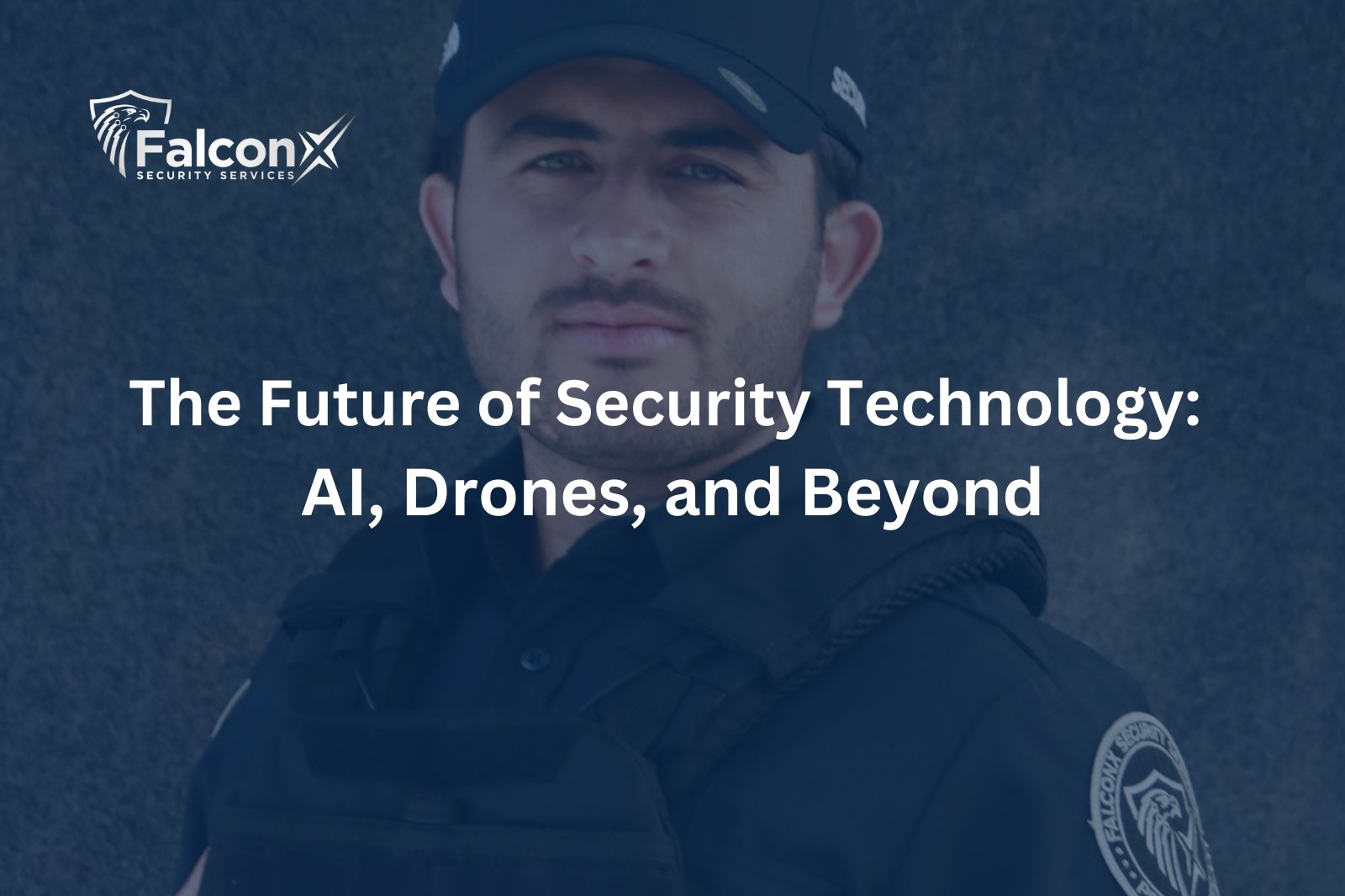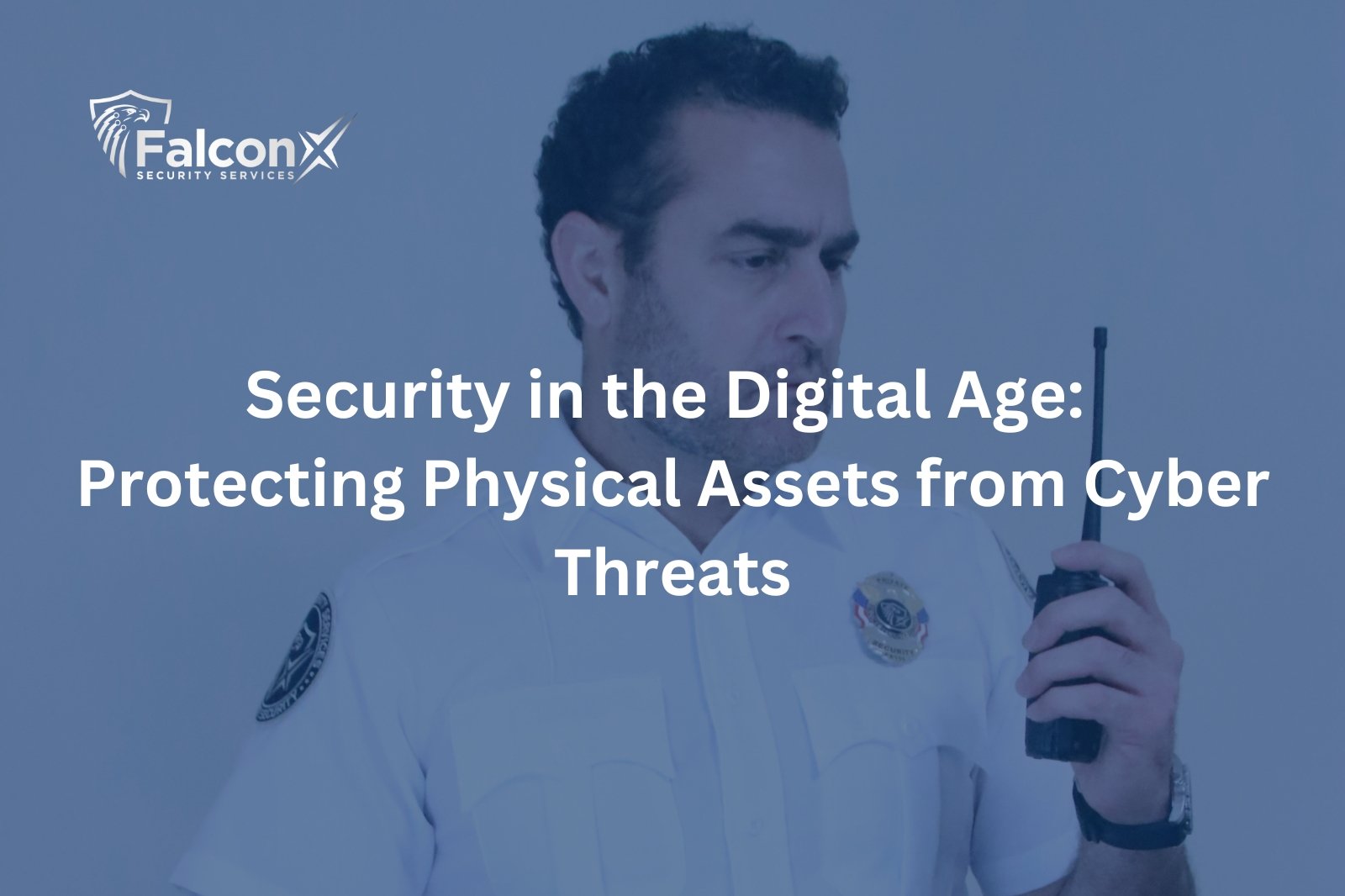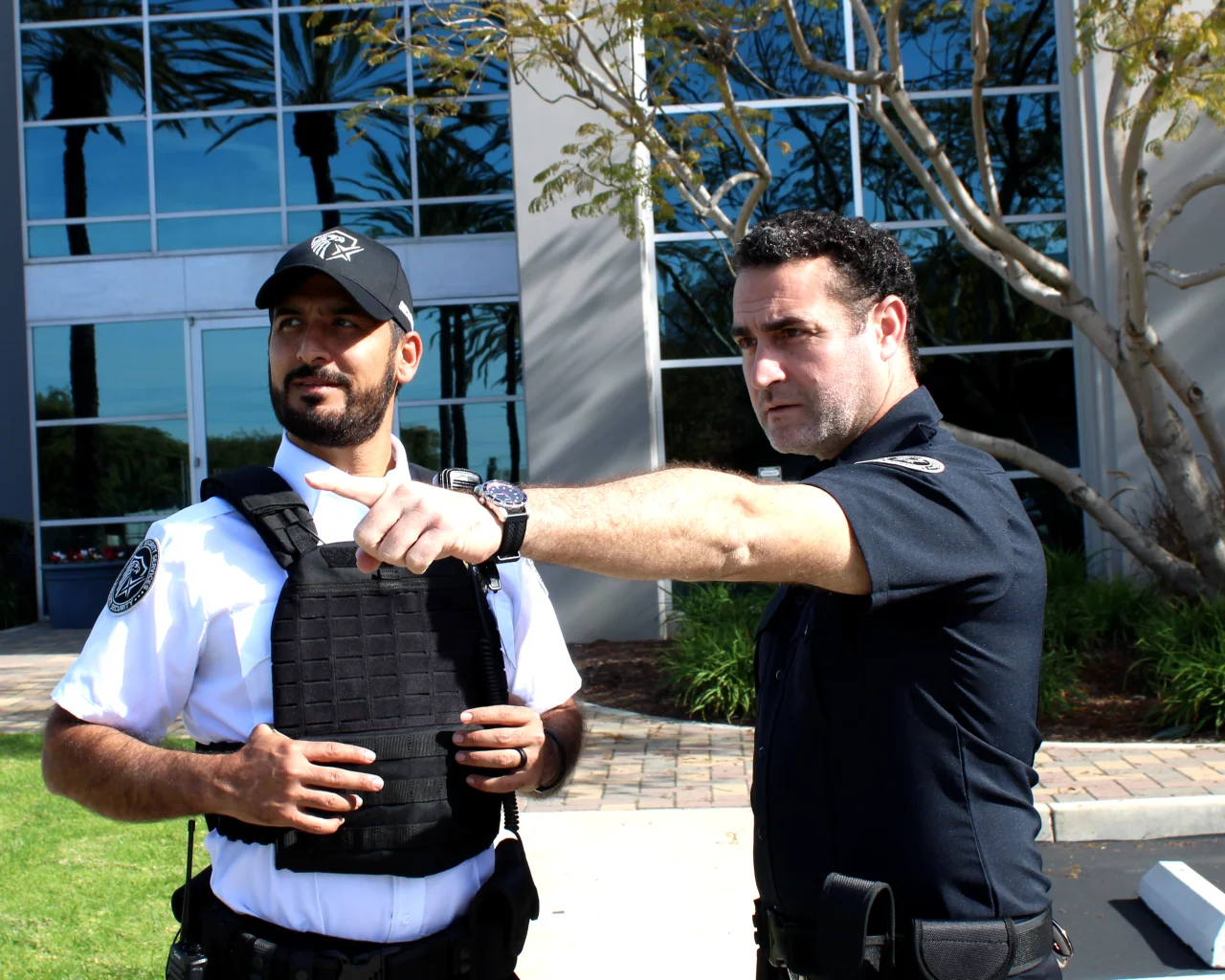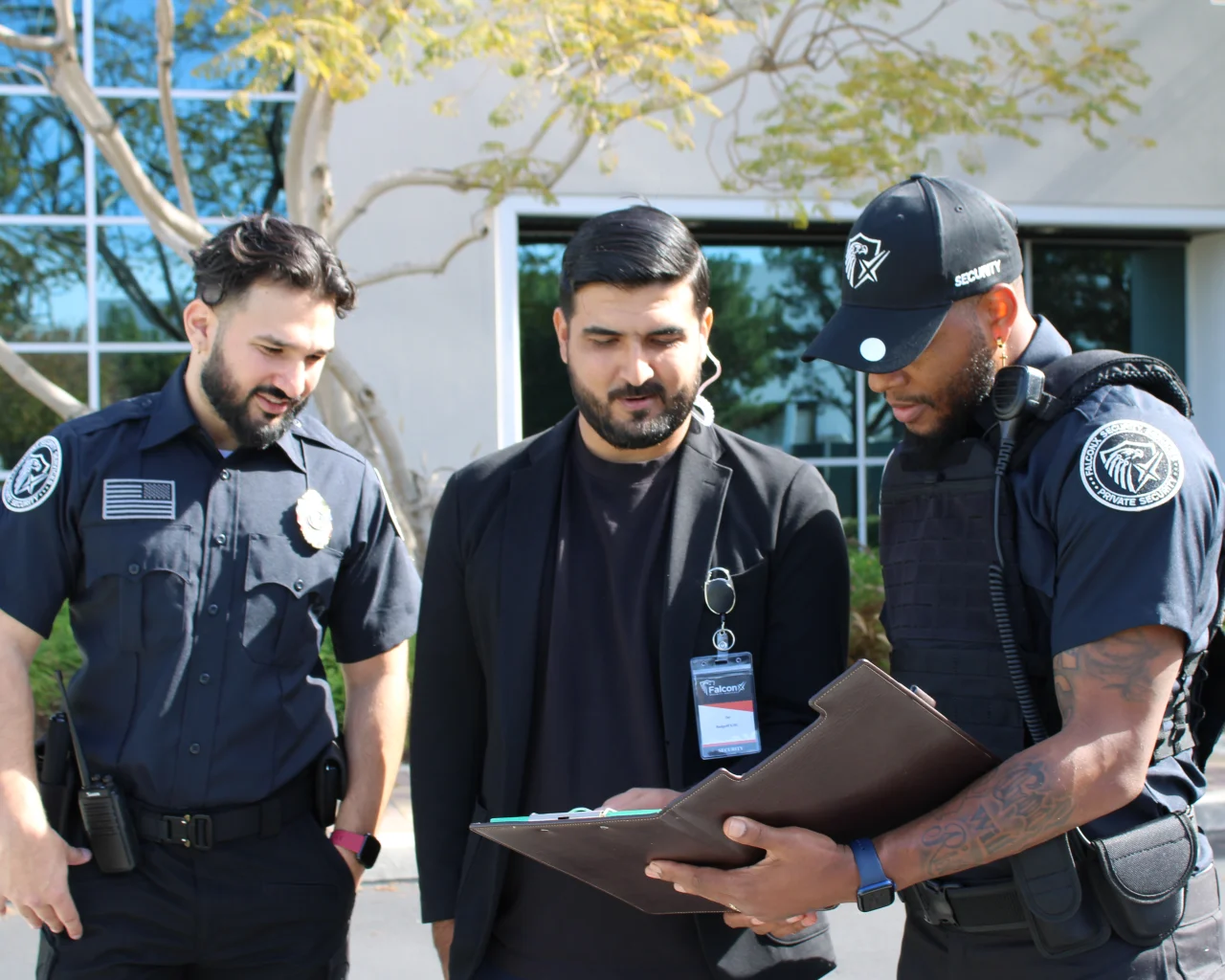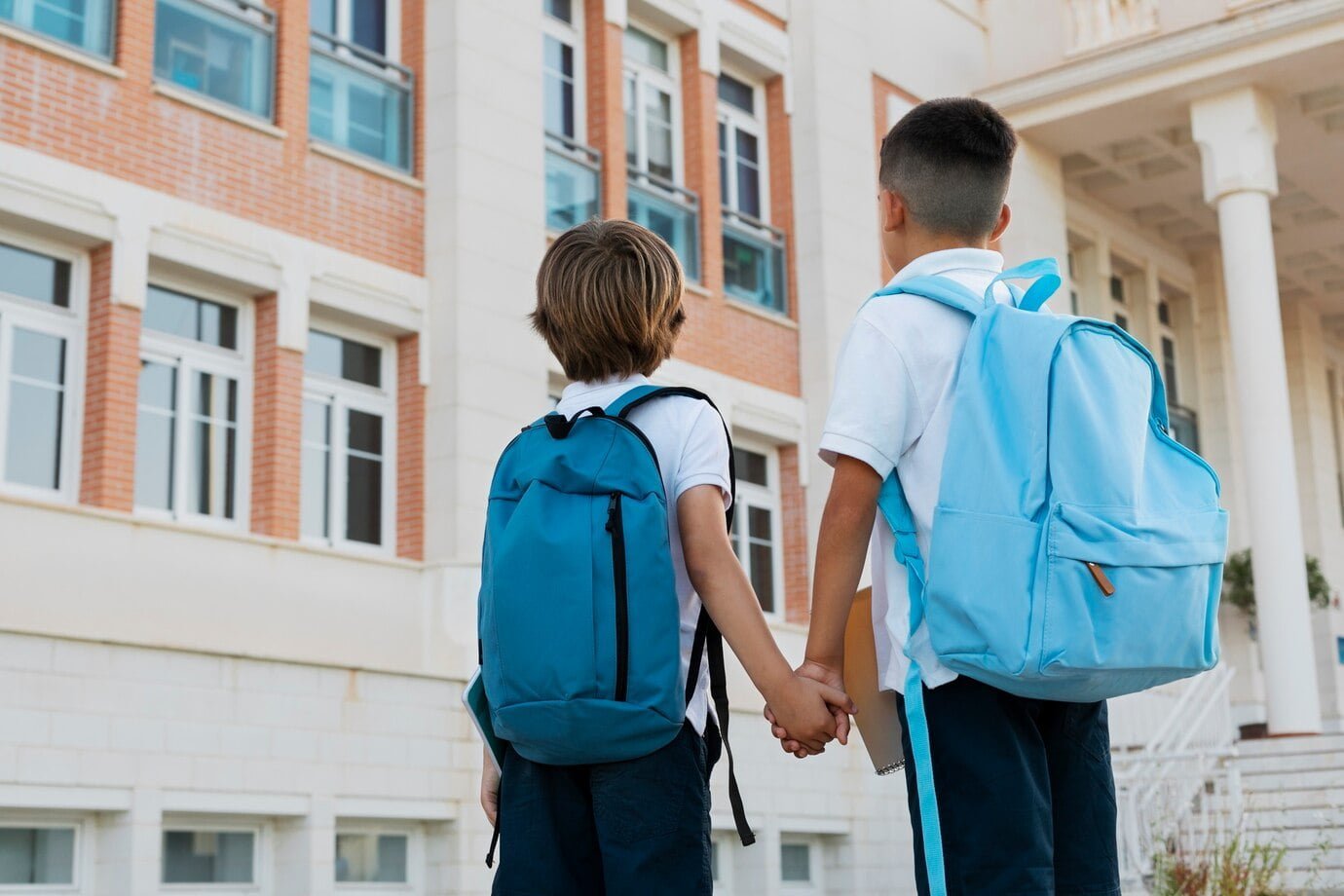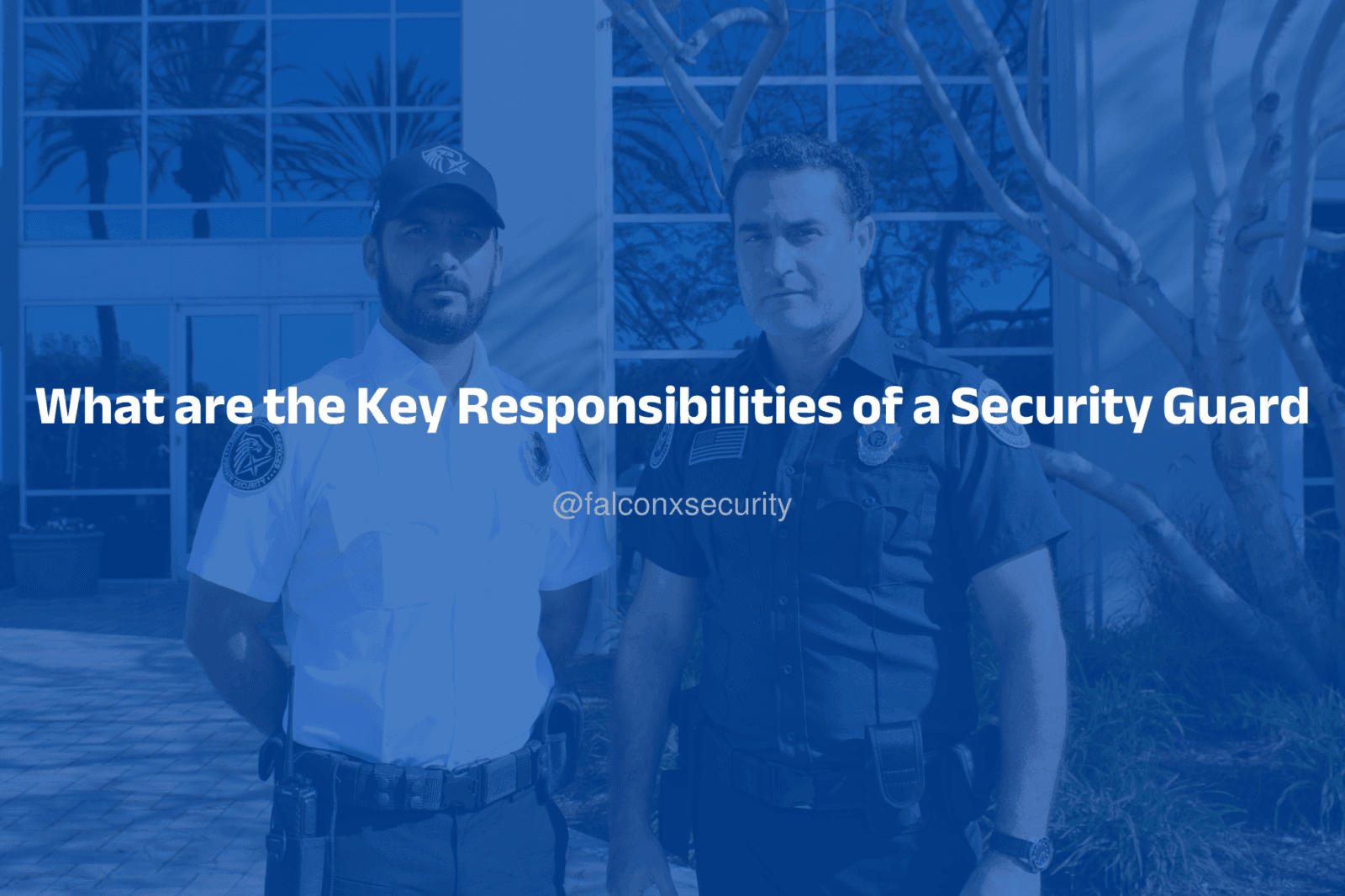The realm of security technology is rapidly evolving, driven by cutting-edge advancements in artificial intelligence (AI), drones, and other emerging technologies. As the world becomes increasingly interconnected, ensuring safety and protecting critical infrastructure, individuals, and organizations has never been more important. The next generation of security technologies promises to transform how we approach safety and defense, offering unprecedented capabilities to prevent, detect, and respond to threats.
This article explores the key innovations shaping the future of security technology, focusing on AI, drones, and other cutting-edge developments that are poised to redefine the landscape of security.
1. Artificial Intelligence: The Brain Behind Security Systems
AI is already making waves across various industries, and security is no exception. From facial recognition and predictive analytics to autonomous decision-making, AI is helping shape the future of security technology. By leveraging machine learning and deep learning algorithms, security systems can learn, adapt, and respond to threats in ways that were previously unimaginable.
a) Predictive Analytics and Threat Detection
AI-powered security systems can analyze vast amounts of data from cameras, sensors, and other surveillance tools to predict and identify potential threats in real time. By recognizing patterns and anomalies in data, AI can flag suspicious behavior, such as unusual movement in a restricted area, abnormal traffic patterns, or unauthorized access attempts.
Predictive analytics, which uses historical data to forecast future events, can enhance threat detection by identifying potential risks before they happen. For example, AI could predict where a security breach is likely to occur based on data trends, allowing security teams to proactively mitigate threats.
b) Facial Recognition and Biometric Security
Facial recognition technology, driven by AI, is becoming increasingly sophisticated. In the future, it is expected to be widely adopted in both public and private sectors for access control, surveillance, and identity verification. AI algorithms are capable of analyzing facial features with high accuracy, enabling secure authentication in sensitive environments, such as airports, government buildings, and financial institutions.
Other biometric technologies, such as fingerprint scanning, iris recognition, and voice analysis, will also become integral parts of the security landscape, providing robust and personalized security solutions for individuals and organizations.
c) Autonomous Decision-Making
One of the most revolutionary aspects of AI in security technology is its potential for autonomous decision-making. AI-powered systems can monitor vast networks of cameras, sensors, and alarms without human intervention, automatically responding to threats by alerting security personnel or even taking defensive actions.
For instance, AI could control access points in a building, grant or deny entry based on facial recognition or behavioral analysis, and alert security officers if a breach is detected. This ability to act in real time could greatly enhance security operations, reducing response times and increasing efficiency.
2. Drones: The Future of Aerial Surveillance
Drones are already being used in a variety of security applications, from monitoring public spaces to providing real-time aerial surveillance of high-risk locations. As drone technology continues to advance, their role in security operations will expand, offering new possibilities for surveillance, threat detection, and rapid response.
a) Aerial Surveillance and Monitoring
Drones equipped with high-definition cameras, infrared sensors, and real-time communication systems are becoming invaluable tools for security professionals. They can cover large areas, such as city streets, borders, or critical infrastructure sites, without the need for human patrols or fixed cameras.
In addition to monitoring for criminal activity, drones can provide situational awareness during natural disasters, public events, or civil unrest, giving security teams a bird’s-eye view of unfolding situations. Drones are also capable of monitoring areas that are difficult or dangerous for human officers to access, such as high-rise buildings, disaster zones, or remote regions.
b) Autonomous Security Patrols
Future drones are expected to become more autonomous, with the ability to follow pre-set patrol routes or respond dynamically to perceived threats. Autonomous drones could carry out security patrols, flying over designated areas at regular intervals, detecting unauthorized activity, and automatically alerting security personnel.
Drones could also be deployed in swarms, working in tandem to cover a large area or respond to a specific security incident. The use of multiple drones allows for greater flexibility, redundancy, and coverage, enabling faster and more efficient security operations.
c) Counter-Drone Technology
As drones become a more prevalent tool in security, the need for counter-drone technology will increase. Drones can also be used for malicious purposes, such as smuggling contraband, conducting surveillance on sensitive facilities, or even carrying out attacks.
To combat these threats, future security systems will rely on advanced counter-drone technologies that can detect, disable, or neutralize rogue drones. These systems could use radio frequency jamming, GPS spoofing, or even directed energy weapons to neutralize unauthorized drones, ensuring the security of critical infrastructure and public spaces.
3. Internet of Things (IoT) and Smart Security Systems
The Internet of Things (IoT) is revolutionizing the way we connect and manage devices, and this trend is also transforming the security sector. IoT-enabled devices, such as smart cameras, sensors, and alarms, can work together in a unified security system, providing real-time data and insights that enhance overall safety.
a) Smart Home Security
In residential security, IoT technology is enabling the rise of smart home security systems. Devices like smart doorbells, cameras, and motion sensors are increasingly connected to the internet, allowing homeowners to monitor their property remotely via smartphones or voice assistants. AI algorithms can analyze this data to detect unusual activity, automatically alert homeowners or authorities, and even activate security measures such as locking doors or activating lights.
As IoT technology advances, these smart security systems will become even more integrated and intelligent, offering more seamless and automated protection for individuals and families.
b) Industrial IoT for Cybersecurity
The Industrial Internet of Things (IIoT) is another area where security technology is evolving. In industrial and commercial environments, IoT devices are used to monitor everything from machinery performance to environmental conditions. However, these devices are also vulnerable to cyberattacks, as they often have weak security protocols.
The future of IoT security will likely involve AI-driven systems that can continuously monitor IoT devices for signs of compromise or malicious activity, automatically responding to threats and ensuring the integrity of the connected infrastructure.
4. Biometric Authentication and Blockchain Security
As cybersecurity threats continue to evolve, biometric authentication and blockchain technology are emerging as powerful tools to enhance security in the digital realm. Biometric identification, such as facial recognition and fingerprint scanning, provides a more secure and user-friendly alternative to traditional passwords and PINs.
Blockchain technology, with its decentralized, tamper-proof structure, is being explored for use in securing everything from financial transactions to sensitive data. Blockchain’s ability to provide verifiable, transparent records makes it ideal for securing digital identities, contracts, and communications.
5. The Role of Quantum Computing in Security
Quantum computing, while still in its early stages, holds the potential to revolutionize cybersecurity. Quantum computers could break current encryption methods, posing a significant challenge to data security. However, they also offer the possibility of creating new, more secure encryption techniques that are resistant to hacking by using quantum encryption.
As quantum computing becomes more accessible, the development of quantum-resistant security technologies will be crucial to protect sensitive information and infrastructure from future threats.
Conclusion: A New Era of Security
The future of security technology promises to be transformative, driven by AI, drones, IoT, blockchain, quantum computing, and other emerging technologies. These innovations are enabling more intelligent, responsive, and proactive security systems that can protect individuals, businesses, and critical infrastructure from an increasingly complex array of threats.
However, the widespread adoption of these technologies also raises concerns about privacy, ethical implications, and the potential for misuse. As we move forward, it will be crucial to strike a balance between leveraging these technologies for enhanced security and safeguarding civil liberties.
The next generation of security technology is poised to redefine the way we protect our world, offering a future where safety is more efficient, responsive, and adaptive than ever before.
